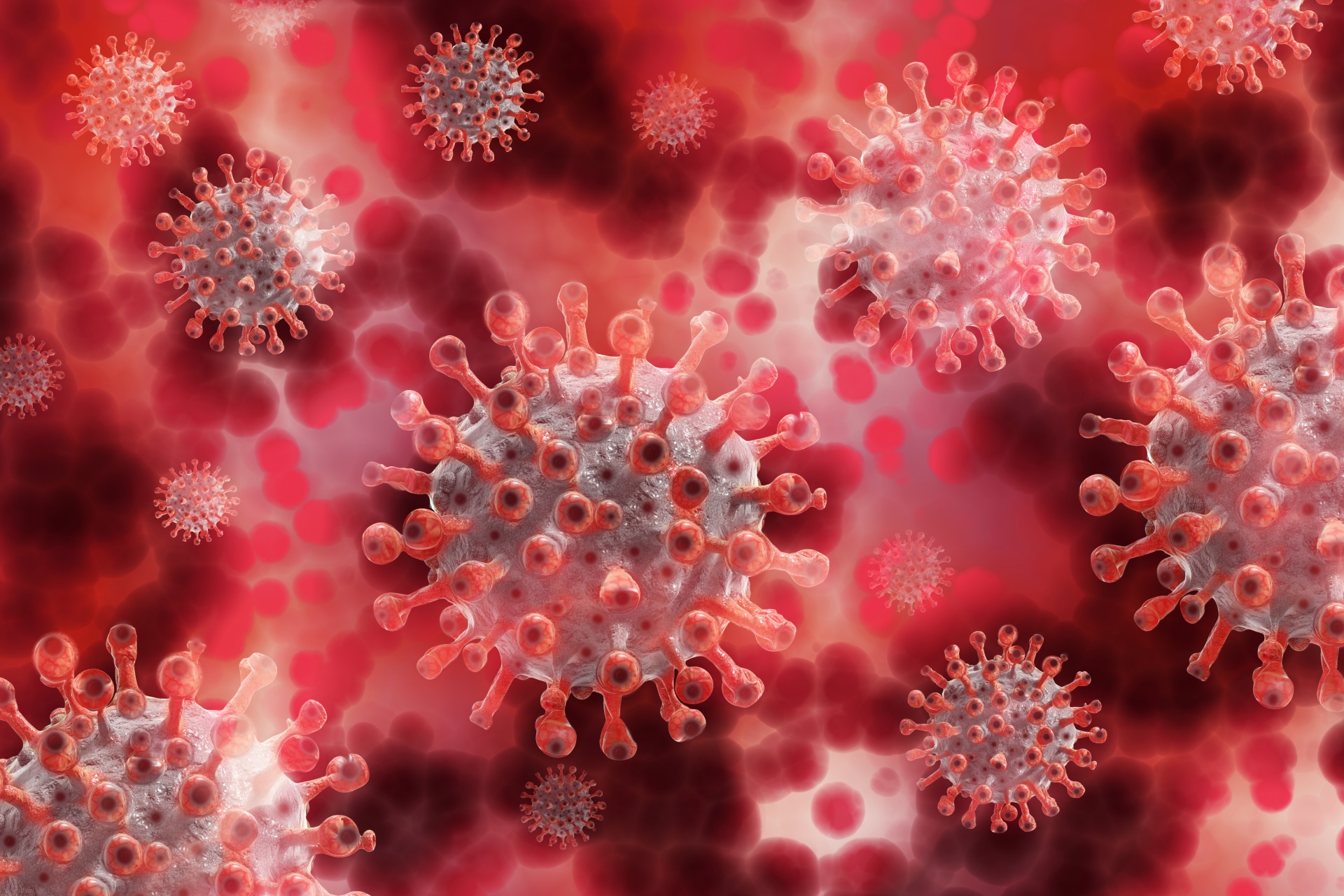Media release
From:
Early warning signal reliability varies with COVID-19 waves
As the ongoing COVID-19 pandemic has shown, being able to identify rapid increases in cases before they occur is important in informing our behaviour, be that through personal choices or government actions. Early warning signals (EWSs) appear able to perform that pre-emptive role with ‘warnings’ being detected consistently before the second wave of cases worldwide. However, these signals perform less well for first and third waves, likely due to the virus’ initial infectivity and the brief time between second and third waves. Regardless, EWSs’ ability can be improved if we restart the analysis whenever the system returns to stability.



 International
International



